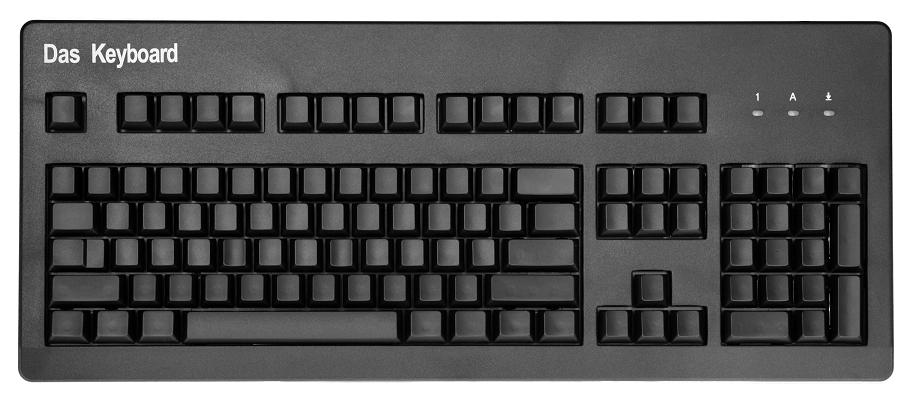

Salix offers three different modes of installation :Ĭore: Only the minimum essentials for a console system to start. For those who prefer a more conventional GUI installer, one is provided in Salix Live editions. A "full" mode installation only takes a few minutes on a modern PC. Spkg, which runs underneath, is optimized for speed. It is easy to navigate and offers a complete choice of options. The installation provided in Salix is text dialog based. Salix had seven editions, namely MATE, Xfce, Fluxbox, OpenBox, KDE, and Ratpoison editions, until 2016 when Salix 14.2 came with Xfce desktop environment only. In so doing it is making the system more user friendly than vanilla Slackware to newcomers as well. Salix OS adds automated dependency resolution, enhanced internationalization and localization, a larger repository of applications, and a well equipped suite of native administration and configuration tools for both the GUI and the command line. To paraphrase the words of a journalist: the target audience for Salix OS might well be described as "lazy Slackers", users familiar with Linux in general and Slackware in particular who do not mind having additional tools to reduce their workload, while maintaining the maximum compatibility with Slackware possible.

It aims to be simple, fast and easy to use. However, while in the KISS principle that Slackware adheres to, "Simple" refers to the system design, Salix OS applies it to daily use as well. This enables Slackware users to benefit from Salix repositories, which they can use as an "extra" source of software for their distribution. Salix OS retains full backwards compatibility with Slackware. Salix OS is a multi-purpose Linux distribution based on Slackware. Xfce, LXDE, KDE, Fluxbox, Openbox, Ratpoison, MATE Cyrille Pontvieux, George Vlahavas, Pierrick Le Brun, Thorsten Mühlfelder, and others ġ5.0 / 5 September 2022 6 months ago ( )


 0 kommentar(er)
0 kommentar(er)
